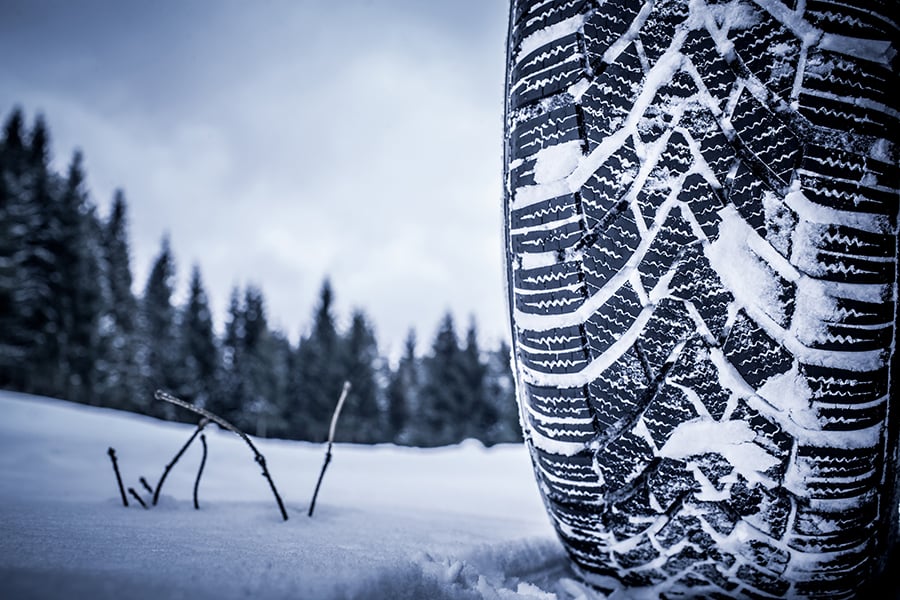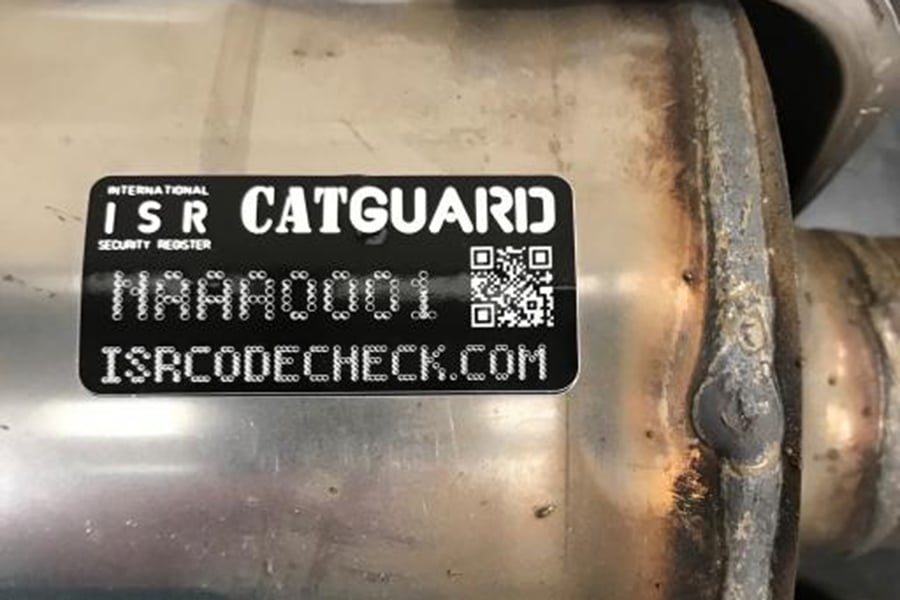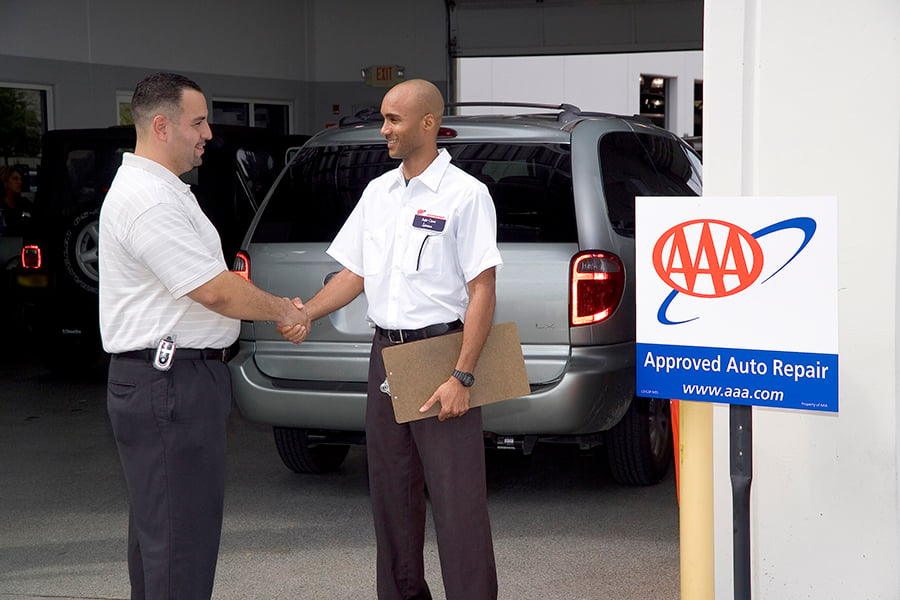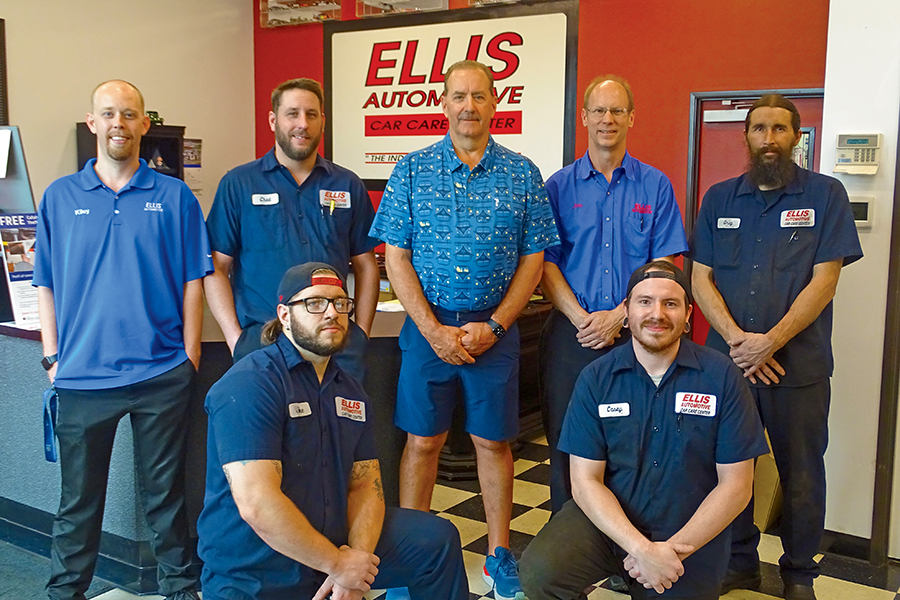SafeRoads: Careful Now

Children going to and from school can test drivers’ patience. They run in front of cars, dash from crosswalks onto the road, and pedal their bikes through red lights. While this behavior would be inexcusable from an adult, children act in these ways for a reason: young children are still developing the mental and physical skills needed to handle traffic situations.
For example, children can’t judge a car’s distance and speed correctly. They’ll often let slow-moving cars pass, then try to cross in front of fast-moving ones. Because their peripheral vision is one-third narrower than an adult’s, children often miss seeing cars to their right or left. They also may not be tall enough to see over the hood of a parked car. Distracted youngsters can accidentally wander into traffic because they tend to focus only on what interests them.
Back-to-school safety is much more effective when parents get involved—talking with their children, walking with or driving them to school, and other practical measures.
AAA has offered advice to parents for decades—advice validated by saved lives.
AAA’s timeless, practical suggestions:
- Walk with children along the safest route, pointing out its potential traffic hazards—such as driveways and parking lots—as well as those things intended to safeguard them, such as designated crosswalks.
- Show them that you respect crosswalks and walk/don’t walk signs.
- Teach them to walk, not run, across a street, and keep their eyes and ears open for cars.
If you drive your children to school:
- Keep your child safely belted until your car comes to a complete stop.
- Don’t park across the street from school grounds and expect your child to dodge the congestion that accompanies the morning and afternoon commutes. Instead, be patient; use the existing drop-off and pick-up system organized by your child’s school.
- If a drop-off and pick-up system does not exist or appears to be unsafe, contact and work with school officials.
Share the roadways:
- Children and adults perceive traffic differently. Accept children’s limitations and be ready to react.
- Make eye contact with children who are about to walk or bicycle across the street. Anticipate their next moves and make them aware of yours.
- Children often travel in packs. When you see one child, check for others.
AAA connection
Visit AAA.com/safety for a gallery of resources, from choosing a child safety seat to safe ride options.




